Bouquet du Trianon - Perfumed Soap
.jpg)
reinterpreted Scent of History
Versailles, August 15th 1774
Bouquet du Trianon is an original fragrance made of a unique blend of essential oils that Marie-Antoinette was particularly fond of, especially the tuberose that fascinated her. Perfumed Soap 100g coconut butter and white clay based.

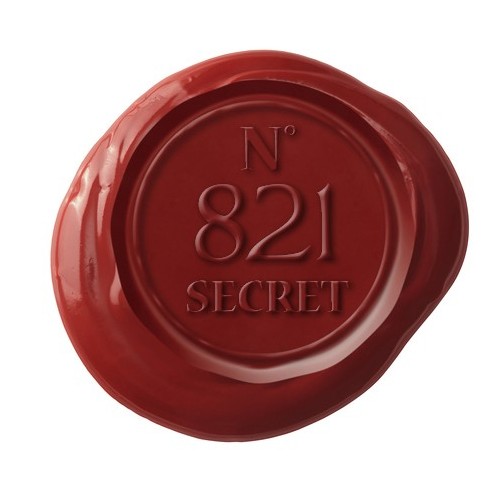
N° 821
The Magic of the Trianon Bouquet
On 15 August 1774, the night of Queen Marie-Antoinette’s party, Louis XVI gave his wife a marvellous present: ‘You like flowers, and so I have a bouquet to give you - the Little Trianon.’
Unlike the more classic show-gardens, which were very ordered, designed and scaled, a space for the owner to show his power, this garden, which seemed abandoned, wild and romantic, astonished her and gave her a refuge where she could give free rein to her sensibility.
Marie-Antoinette sought to keep the magic and sensuality of the aromas of the Trianon bouquet with her forever.
The Trianon Bouquet or the Art of Sublimation
The perfumer Jean Louis Fargeon seized the opportunity and proposed to the Queen that he distil the flowers to obtain their essence, which the Queen would then be able to keep with her forever. He created numerous perfumes from roses, violets, carnations and the famous tuberose. The perfume Trianon, in which he used the intoxicating flower, together with essences of orange blossom, lavender, essential oils of citron and bergamot orange, galbanum, iris, violet, jasmin, lily, vanilla, cedar and sandalwood, amber, musc and a dash of benzoin, is one of his masterworks.
From the Flowers of the Little Trianon to the Perfumery of Art
From the Middle Ages to the nineteenth century, aromatic plants were cultivated to make therapeutic substances, which would constitute the essentials of materia medica. Perfume was used to protect, to nurse, to comfort, to vitalize. Odour was, in effect, the soul of medicine. Doctors of the time were so certain of this that shortly after the Revo
lution, Fourcroy, a member of the Royal Society of Medicine and Professor of Chemistry in the King’s Garden, created a classification system for medicines based on their scent.In the eighteenth century, distillation apparatus improved, tastes were evolving and perfumery took off once more. In keeping with the aristocratic mentality, wherein sensualist philosophies, sophisticated parties and refined tables triumphed, perfumery sought above all to privilege perfume’s finesse, to the detriment of its medicinal properties.
Perfumery thus began to move away from the world of medicine to establish itself firmly in the world of creative art. New scents appeared and replaced the heavy animal musks previously used. Perfumes became real creations, as with ‘quintessences’ and ‘spirits’, composed from the most refined and subtle of essences.
Perfume began to develop into a fashion accessory and was no longer used for protection or for masking body odour. New perfumers sought to appeal to the fit and healthy, not to invalids. They created perfumes like artists.
And with these perfume-creations emerged an artistic elan for flasks, concerning the material they were made from and their forms and decorations in equal measure. A charming squirrel clinging to an oak branch and nibbling a fruit, or a chaffinch with orange plumage perched on a bed of leaves, began to adorn these beautiful flasks: flasks belonging to both Art and History, which contained the Queen’s favourite perfume, to be found with her always on her strolls in the country.
Bibliography
Annick le GUERER « quand le parfum portait remède » Le Garde Temps, 2009
TRIANON'S BOUQUET carries the essence of Marie-Antoinette's gardens in its composition.
TRIANON'S BOUQUET is a concoction derived from a harmonious mix of tuberose and spirit of the first artistic perfumes which appeared at the end of the 18th Century and for which Marie-Antoinette was a great ambassador.
Composed from sensual floral notes, the perfume breathes the Queen's refinement and personality on the skin itself with its woody scent.
This perfume could not have existed without having been tinted the Queen's favourite colour, 'Nattier blue', or 'Trianon blue', that blue in which she liked to plunge herself, the colour of her 'Petit Trianon' boudoir and the midday cabinet at the Château of Versailles, given to her by Louis XVI upon the birth of the dauphin.
Secret of Art: the extraction of the tuberose
The tuberose originally comes from India and Mexico and was imported to Europe in around 1500. It is a herbaceous bulb plant, with high floral stems which carry clusters of highly perfumed flowers.
Today it is primarily cultivated in India, and to a lesser extent in France and Egypt.
The flowers, which are collected by hand, are not distilled with steam in order not to diminish their odour. The essence of the flowers is therefore extracted using volatile solvents.
The tuberose essence is mostly used in prestigious perfumes with a floral character. Its virtues are that it aids intuition and helps to resolve difficulties.
Histories and Secrets of Perfumers
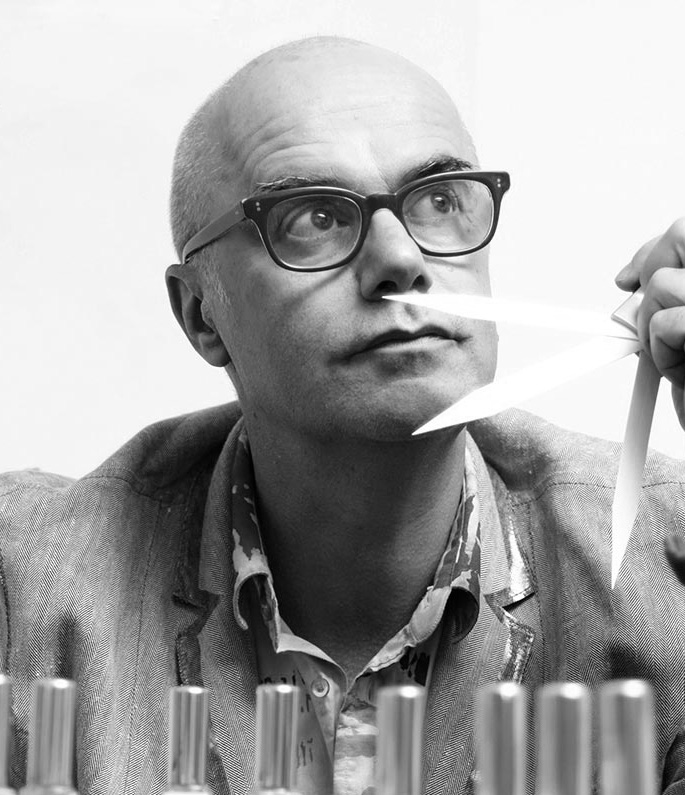
"A royal and majestic bouquet. The first notes sketch the appearance of the English garden, green with hints of galbanum, mint and blackcurrant leaves, brightened by sparkling citrus trees. Freesia flowers mingle in their dance, brought by a light wind that blows down the paths. Opulent and sensual flowers appear at the edge of a copse. The tuberose reveals its charm and its beautiful elegance, adorned by the sunny and radiant spots of ylang-ylang. Her Majesty the Rose accompanies it with grace and delicacy, while the honeyed notes of melted beeswax and honeysuckle add the finishing touches. In the background, a sophisticated woody wake (vetiver, patchouli, sandalwood and cedar) wraps up the rest in a cloud of amber and musky vapours." Bertrand Duchaufour
Olfactive Pyramid
Head : Lemon, bergamot, Mandarin, galbanum, Mint, freesia, blackcurrant bush leaf
Heart : Tuberose absolute, ylang ylang, beeswax absolute, rose, honeysuckle
Base : Vetiver, patchouli, amber, musk, sandalwood, cedarwood
| Historicity : | a Perfumer-artisan's reformulation and reinterpretation of the historic compositions using tuberose, inspired by the composition notebooks and the recommendations of the Great Perfumer-artisans of Marie-Antoinette's era, including Jean-Louis Fargeon. |
| Weight : | 100g |
| Fabrication : | French |
| Perfumer of Art : | Bertrand Duchaufour |
| Publisher of the Product of Art : | HISTORIAE, Manufacture of Scents of Art and History |
Customers who bought this product also bought:
-
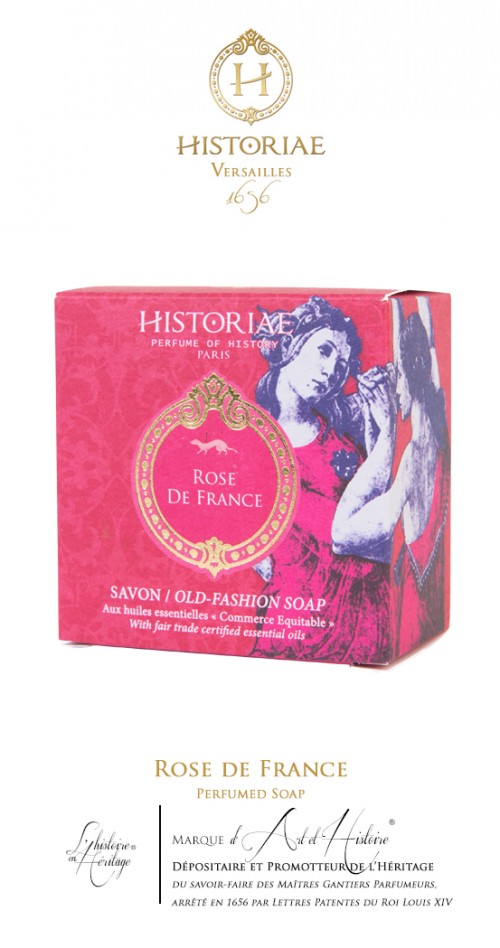
Rose de France - Perfumed Soap
-
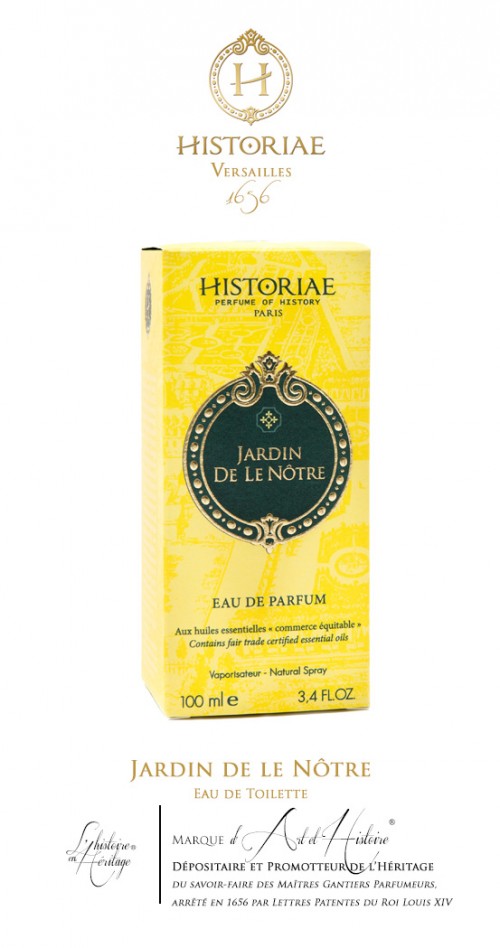
Jardin le Nôtre - Eau de Parfum
-
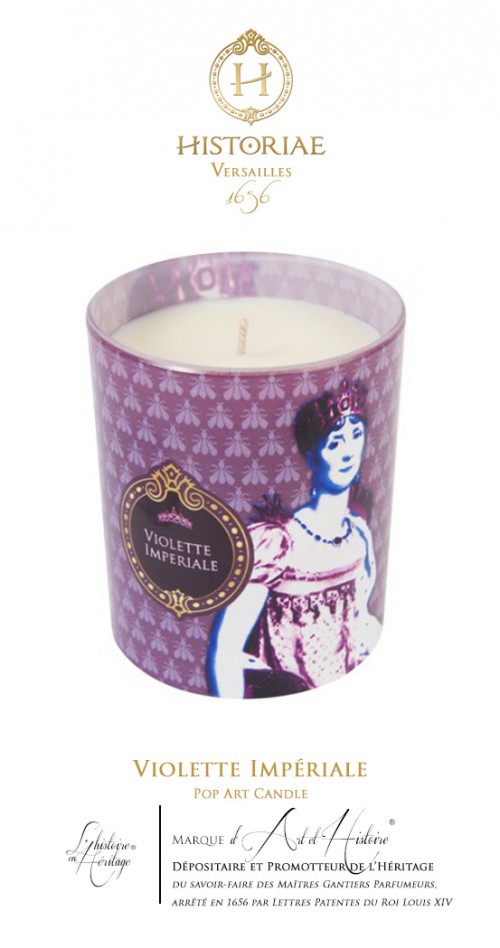
Violette Impériale - Pop Art Candle
-
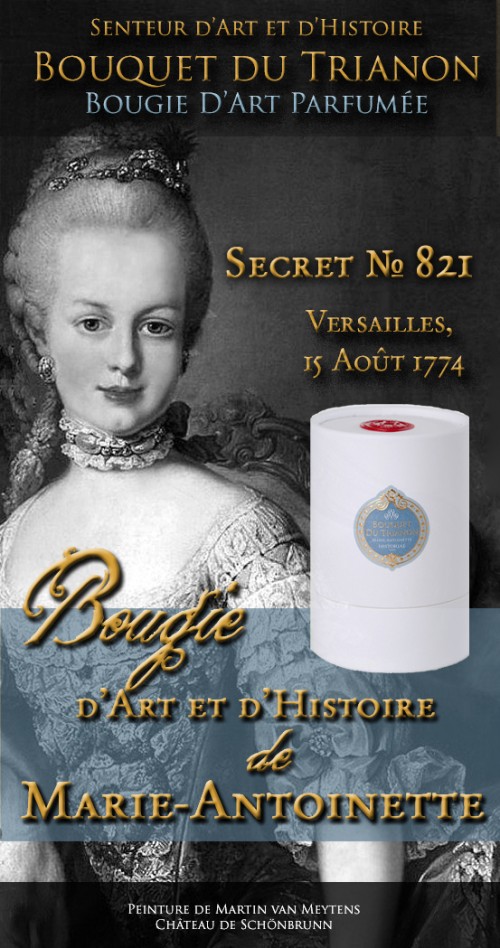
Bouquet du Trianon - Scented Candle
-

Orangerie du Roy - Eau de Toilette
-
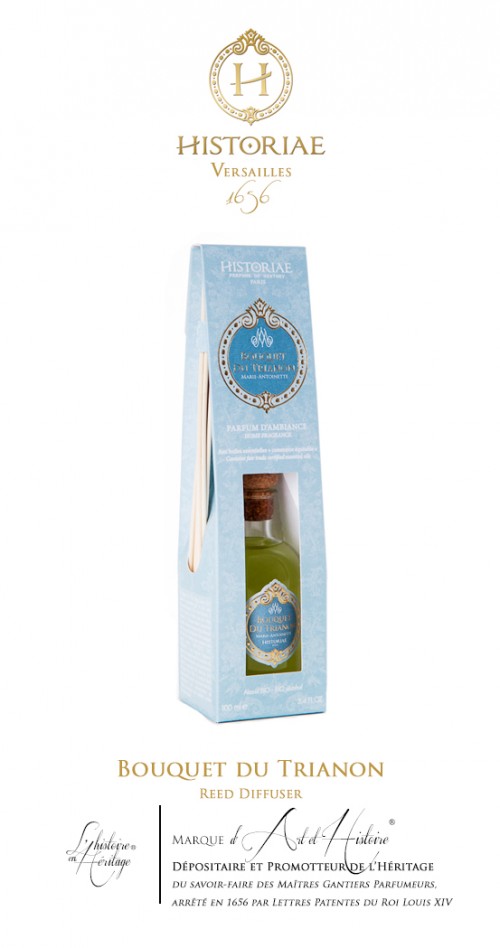
Bouquet du Trianon - Reed Diffuser (Sticks)
-
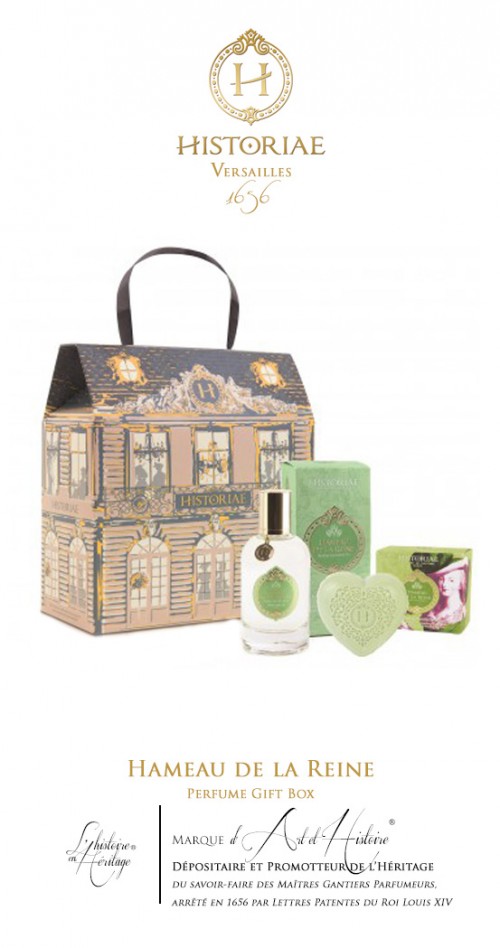
Hameau de la Reine - Perfume Gift Box
-
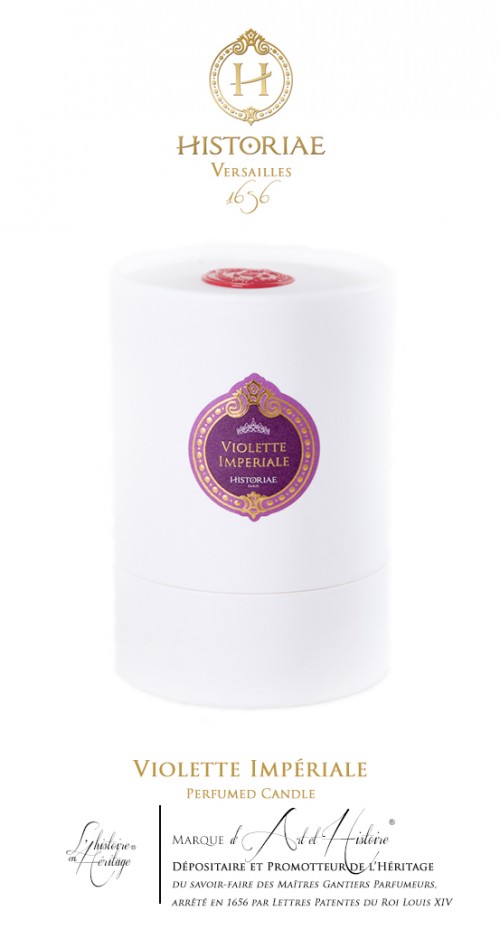
Violette Impériale - Scented Candle
-
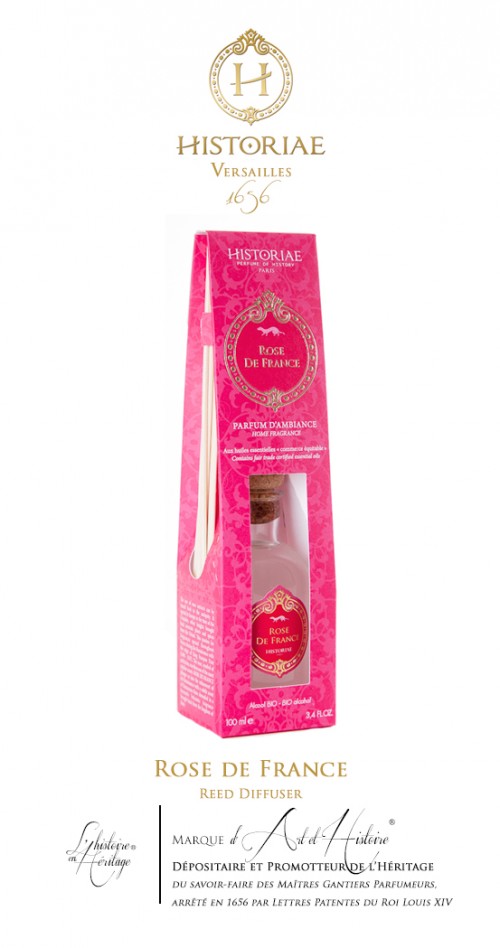
Rose de France - Reed Diffuser (sticks)
Autres produits associés à "Objects of History of Marie-Antoinette"
Wishlist
Top sellers
-

Jardin le Nôtre - Eau de Parfum
Reinterpreted Perfume Of History In order to celebrate the fourth...
10,00€ -

Bouquet du Trianon - Eau de Toilette
Reinterpreted Perfume Of History Versailles, 15th of August 1774 Art...
59,00€ -

Orangerie du Roy - Eau de Toilette
reinterpreted Perfumes of History Versailles, September 1rst 1689...
59,00€ -

Rose de France - Perfumed Soap
reinterpreted Scents of History Rose de France plunges us into the...
6,50€
Informations
Manufacturers
Suppliers
Viewed products
-

Bouquet du Trianon - Perfumed Soap
reinterpreted Scent of History Versailles, August 15th 1774 Bouquet du...


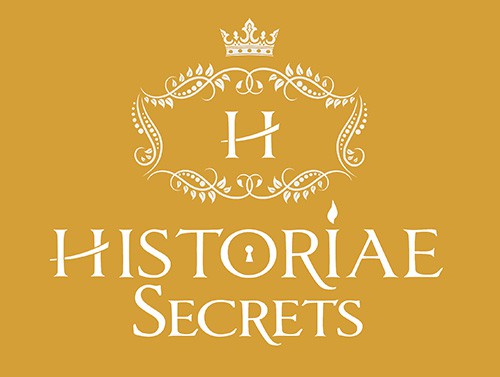
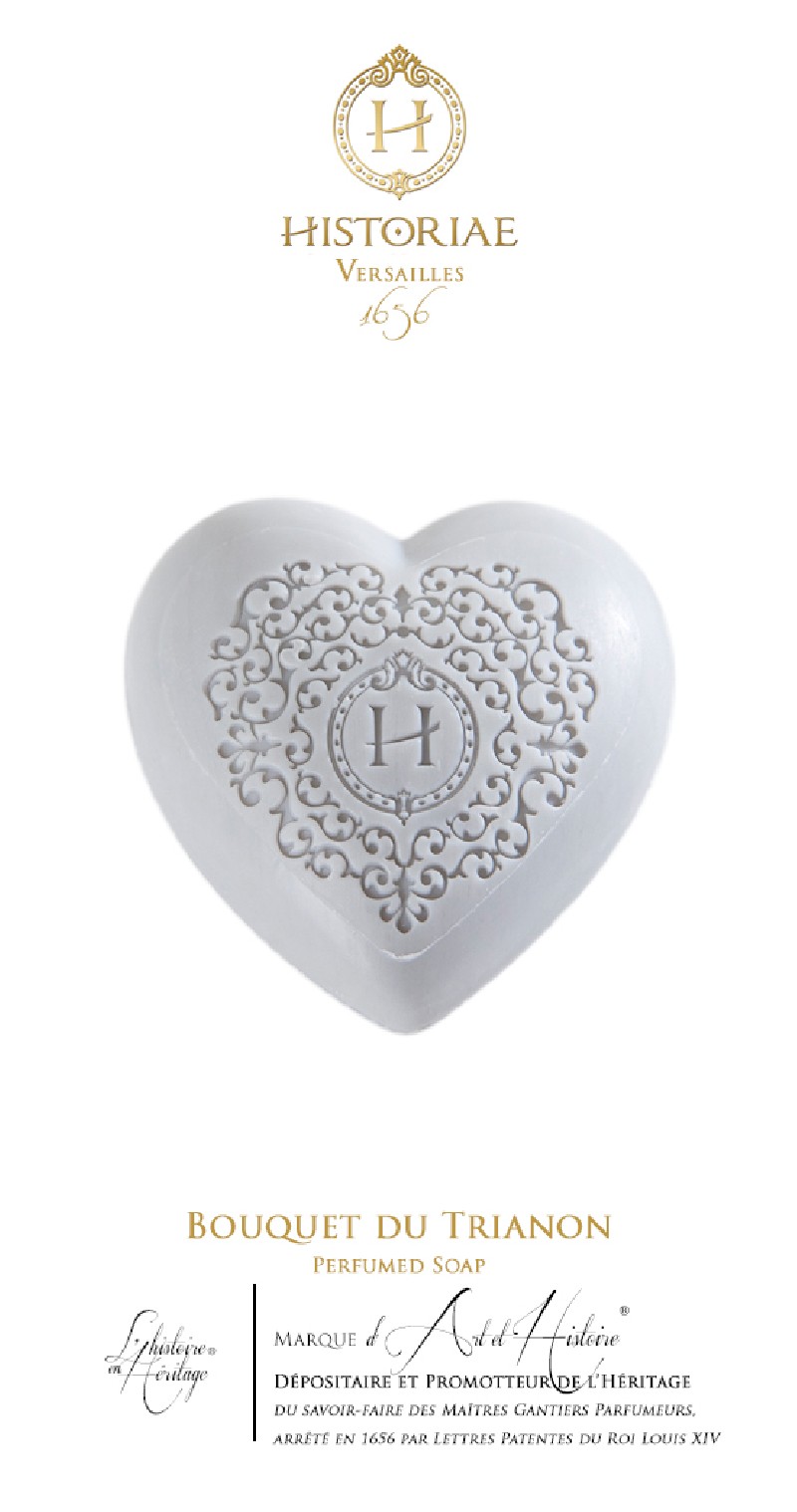

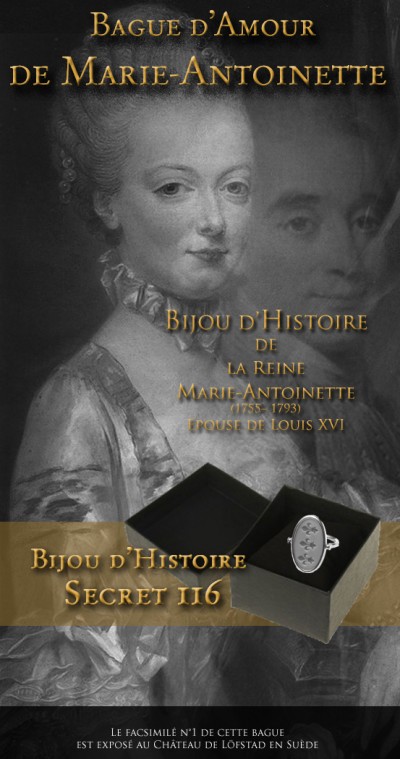



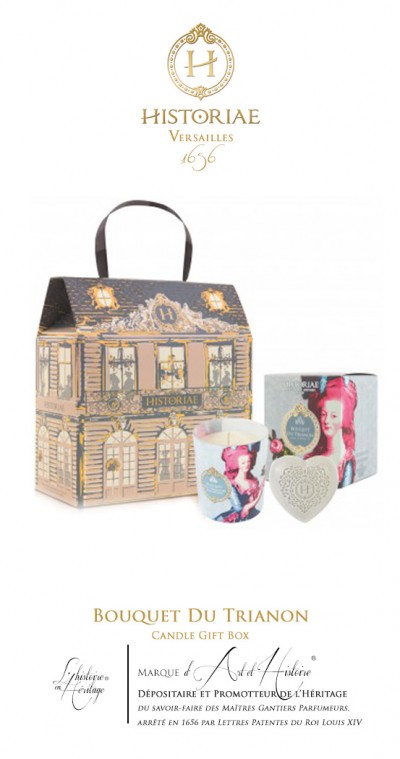
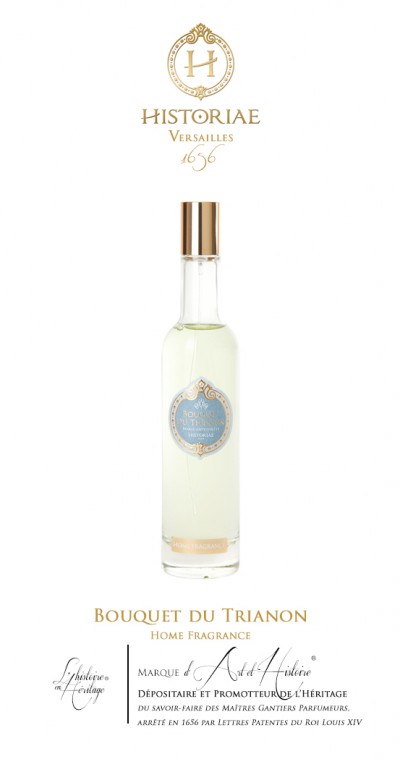

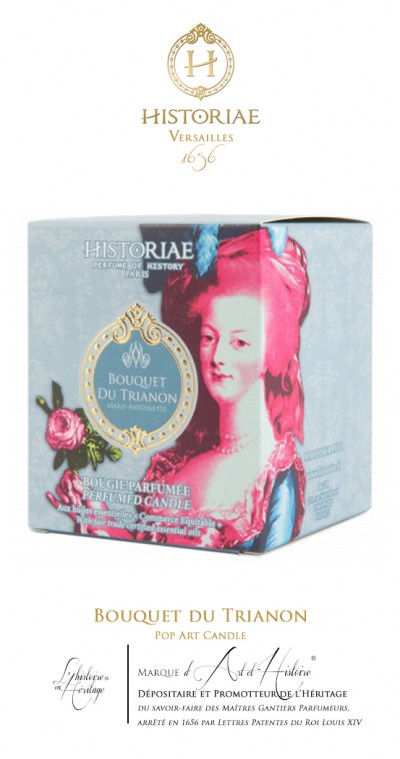
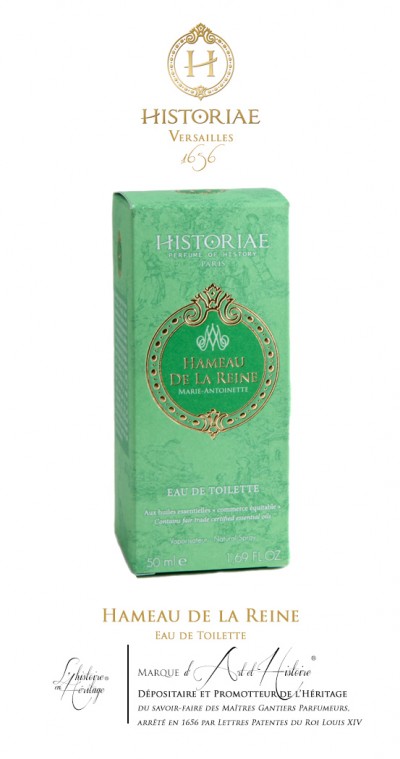
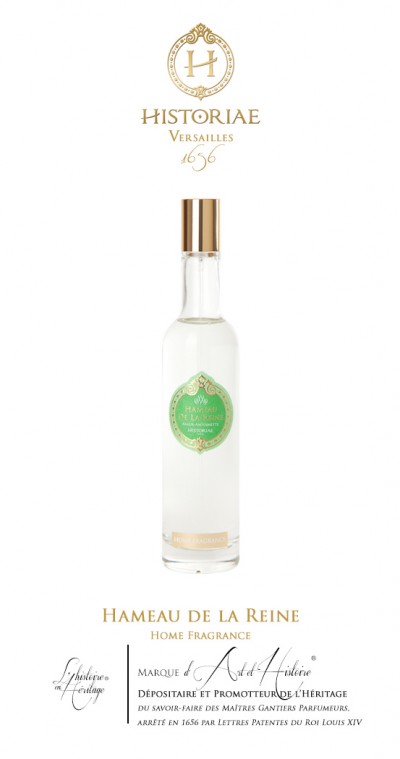
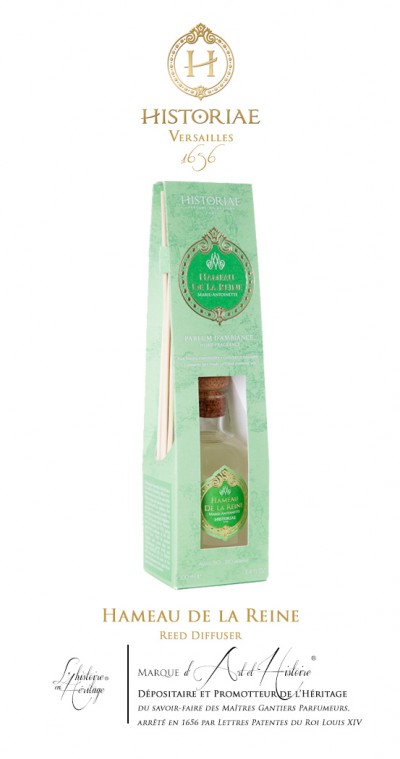
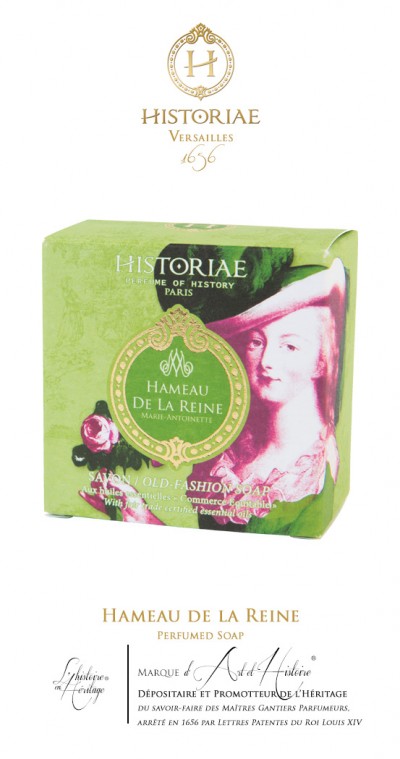
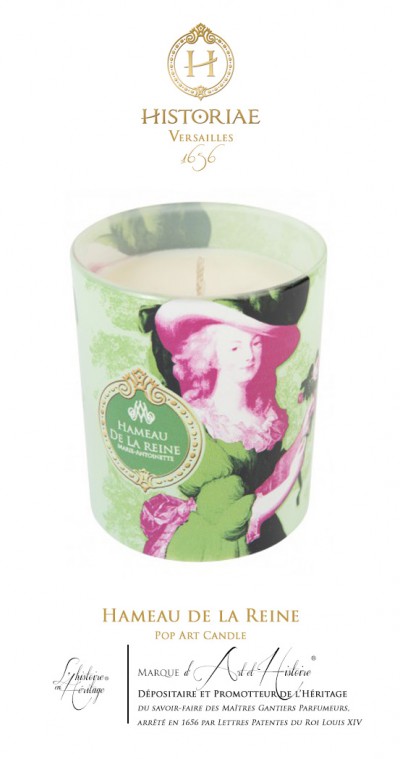
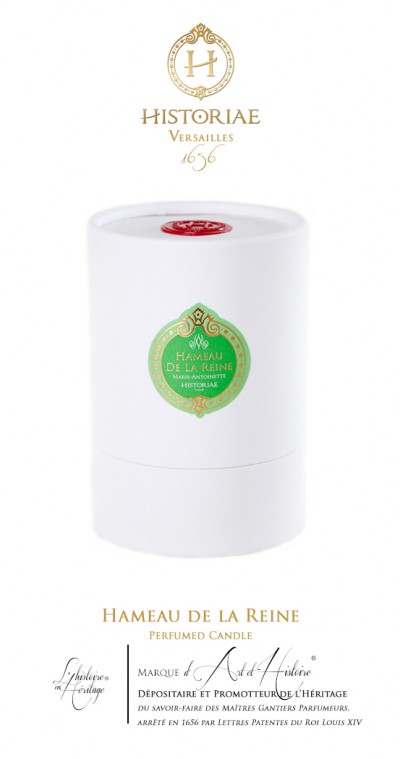
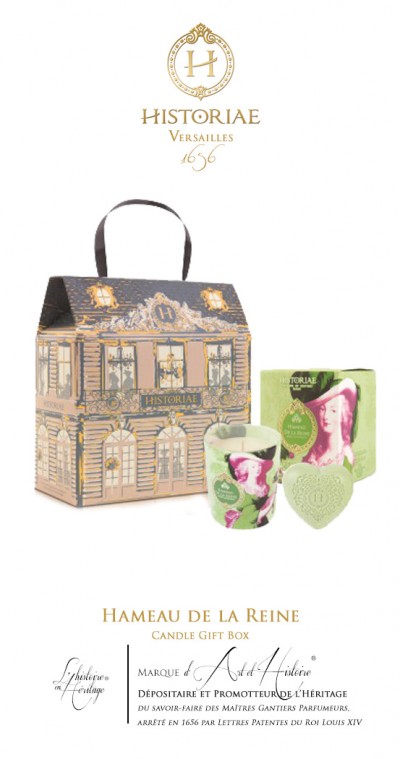

No customer reviews for the moment.